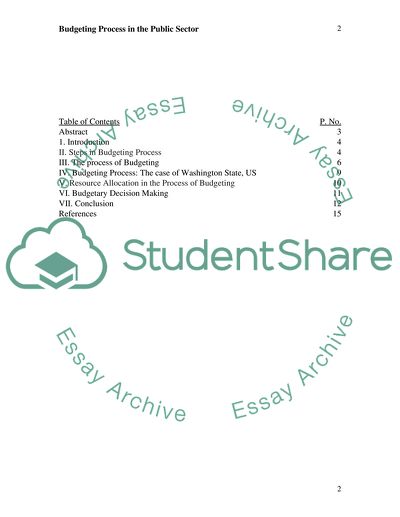Cite this document
(Budgeting Process in the Public Sector Research Paper, n.d.)
Budgeting Process in the Public Sector Research Paper. Retrieved from https://studentshare.org/finance-accounting/1734411-budgeting-process-in-the-public-sector
Budgeting Process in the Public Sector Research Paper. Retrieved from https://studentshare.org/finance-accounting/1734411-budgeting-process-in-the-public-sector
(Budgeting Process in the Public Sector Research Paper)
Budgeting Process in the Public Sector Research Paper. https://studentshare.org/finance-accounting/1734411-budgeting-process-in-the-public-sector.
Budgeting Process in the Public Sector Research Paper. https://studentshare.org/finance-accounting/1734411-budgeting-process-in-the-public-sector.
“Budgeting Process in the Public Sector Research Paper”, n.d. https://studentshare.org/finance-accounting/1734411-budgeting-process-in-the-public-sector.


